I’ve been a big fan of the Black paint that Culture Hustle make for ages (see here), as it has great light absorption from UV to IR, is easy to apply, is easily available and importantly given I’m a Yorkshire man, a good price. I’ve used it to paint the insides of various optical devices I’ve built to cut down on reflections, and I use it for making enclosures for UV imaging.
I got to wondering whether it would make a good white balance standard for UV imaging, and whether it could be mixed with white paints or pigments to make greyer versions with different reflectances. While cheap, normal photo colour charts aren’t great for UV imaging, as they change in reflectance with wavelength. At the other end of the price range is Spectralon, which is available in a range of different reflectances, but is very expensive, and easy to damage if not looked after.
To test out the idea I settled on 5 different white balance targets to try;
- Spectralon 10% diffuse reflectance
- Culture Hustle Black 3.0 paint
- Culture Hustle Black 3.0 paint mixed with their white paint (about 50:50 mix)
- Culture Hustle Black 3.0 paint mixed with magnesium oxide powder to make a grey paste
- Brown cardboard the paints were applied to
The target subject was a Buttercup in a glass vase on a grass lawn. Images were captured in bright sunlight with a Nikon d810 camera converted to UV by Advanced Camera Services Ltd and a Rayfact 105mm UV lens. A RAW image was taken of the Buttercup, and the white balance targets and then white balanced in Darktable before exporting as reduced size JPEGs. No further processing was done.
Here’s what they all look like.
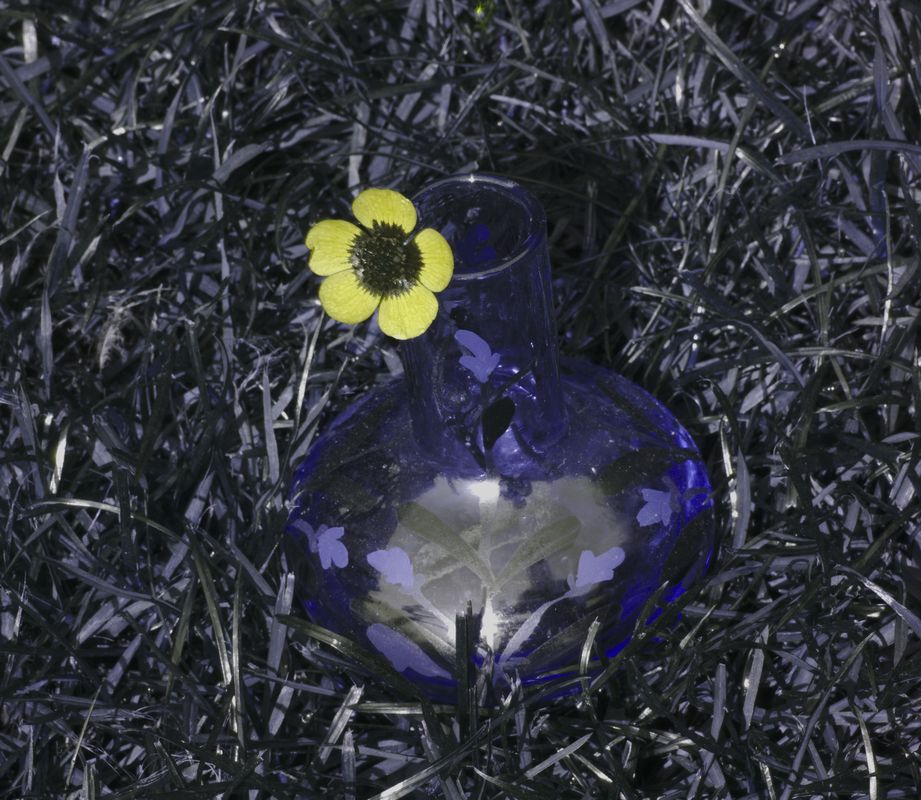
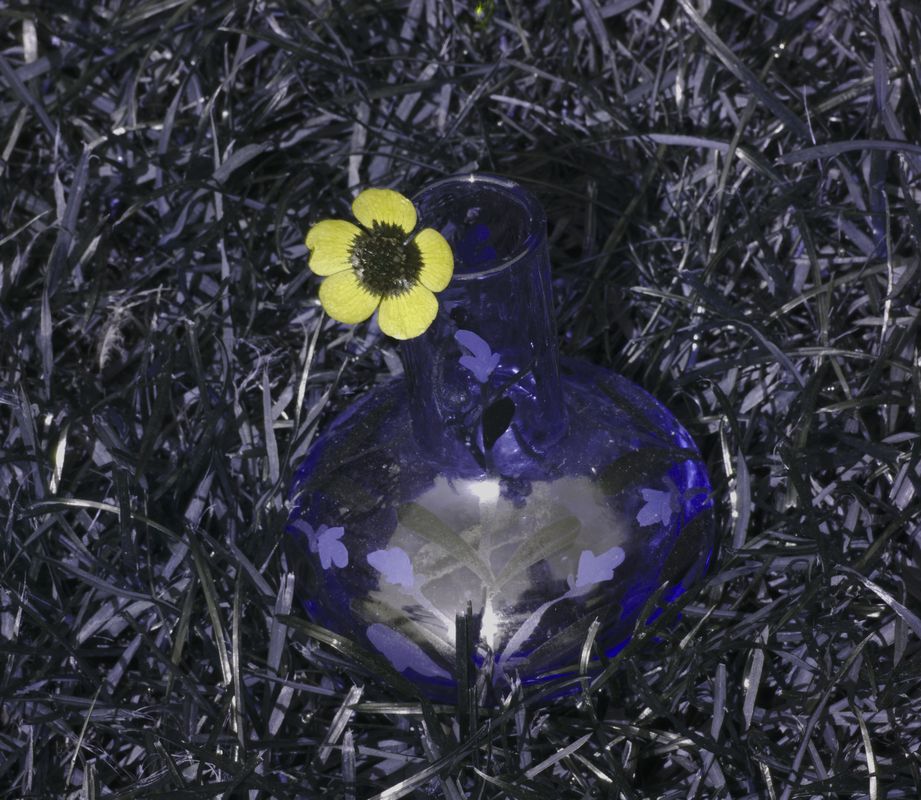
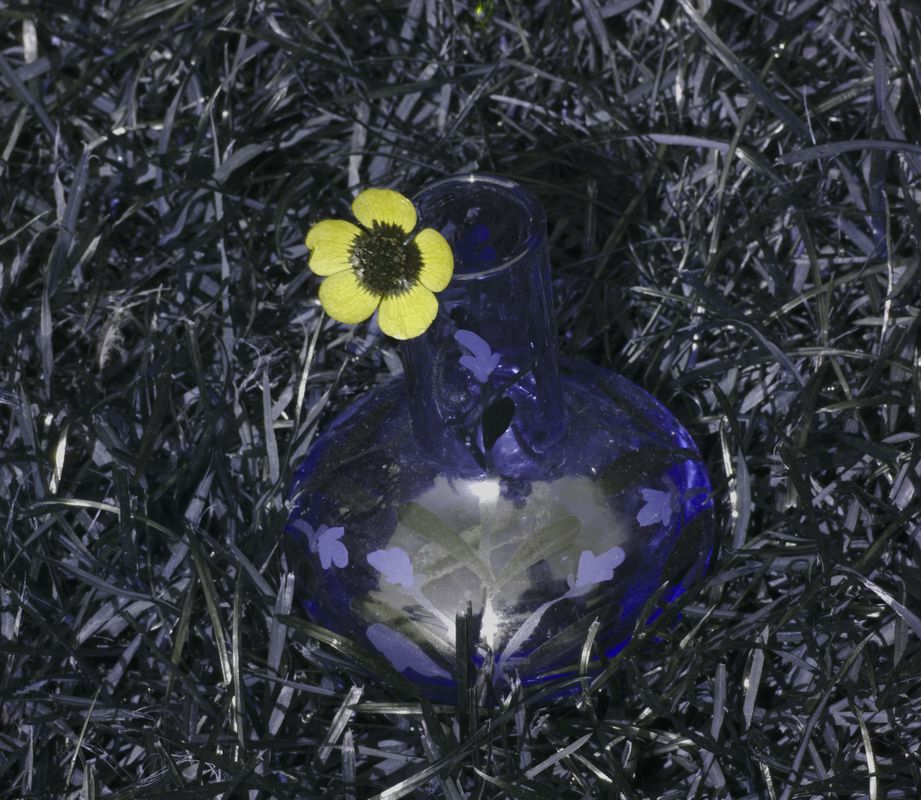
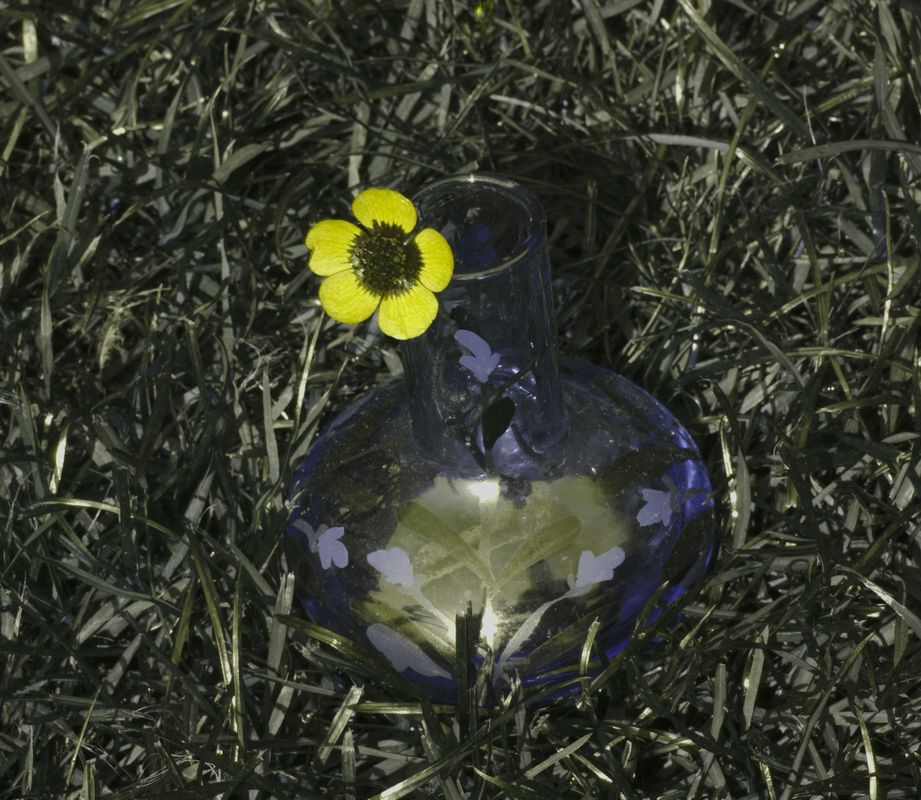
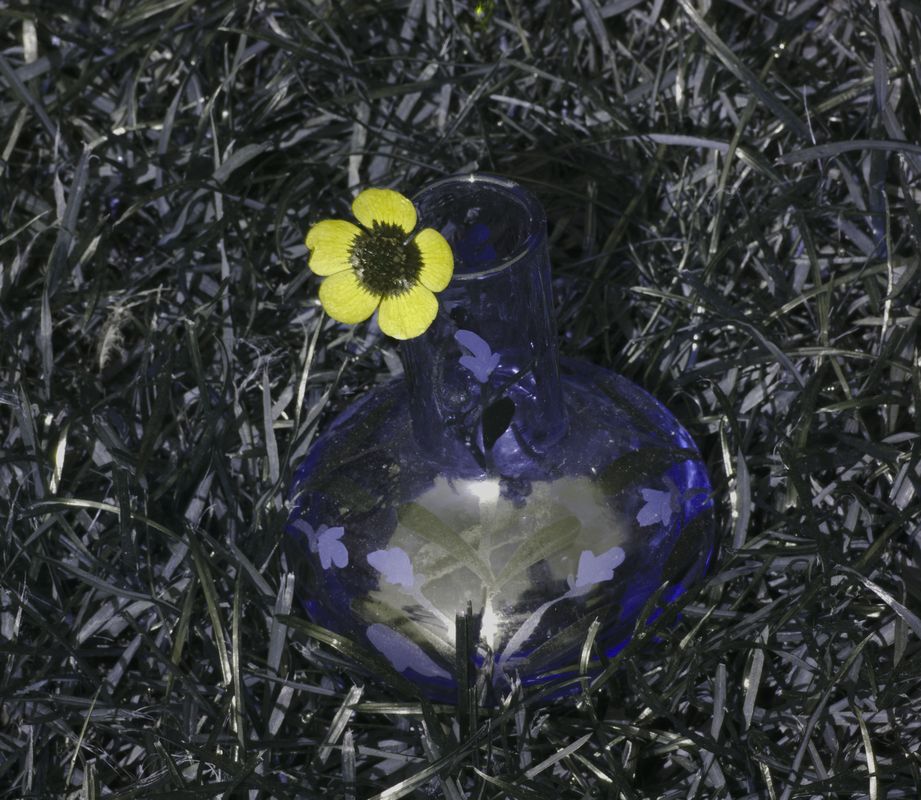
As per usual in the UV, the Buttercup looks black in the middle as it absorbs the UV very strongly there. Overall white balancing with the Black 3.0 paint, and with the Black 3.0 paint mixed with magnesium oxide powder to make a grey paste, gave almost identical results to the Spectralon 10% diffuse reflectance standard.
Mixing the black and white paint together and white balancing with that gave a different colour balance to the image, making it more yellow and cutting the blue back (very obvious if you look at the grass). Also, the black centre of the flower has taken on a yellow hue. Using the cardboard itself for white balance resulted in a slight yellow shift in the colour balance compared to Spectralon, but not as much as the black/white paint mix.
What’s going on here? The Spectralon has a pretty flat reflectance curve in the UV which is why it makes a good white balance target. The Black 3.0 also has a pretty flat response in the UV, which is something I have tested before, which is why it also is acting as good white balance target. However by itself it is very dark, so might not be suitable for including in images as a white balance target. Mixing it with magnesium oxide powder, made a paste which had about 10% refectance. The magnesium oxide works well, as again it has a fairly flat reflectance in the UV. Mixing the black and white paints, resulted in a grey paint which looked in the UV region to have about 10% reflectance, but resulted in a very different white balance. What is most likely happening here is that the reflectance of the white paint varies in the UV as a function of wavelength. This will lead to an uneven reflectance curve in the UV, and as a result when used for white balancing a different colour balance (a bit like the normal photo calibration charts).
The cardboard surprised me a bit. I thought the final white balance would be way off. It was not the same the Spectralon and was still a little too yellow though.
Overall, I was very impressed with the Culture Hustle Black 3.0 paint for use as a white balance standard for UV photos, and the results compared very well with Spectralon. Adding in a some magnesium oxide powder to make a grey version also worked well, although mixing it with white paint did not.
If you have over 500USD burning a hole in your pocket, by all means go for the Spectralon. However for a small fraction of that the Black 3.0 paint will do the job and do it well, and if mixed with some magnesium oxide powder to make a paste can be made to be grey as well as black, making it more versatile.
If you want to know more about this or any other aspect of my work, you can reach me here.
